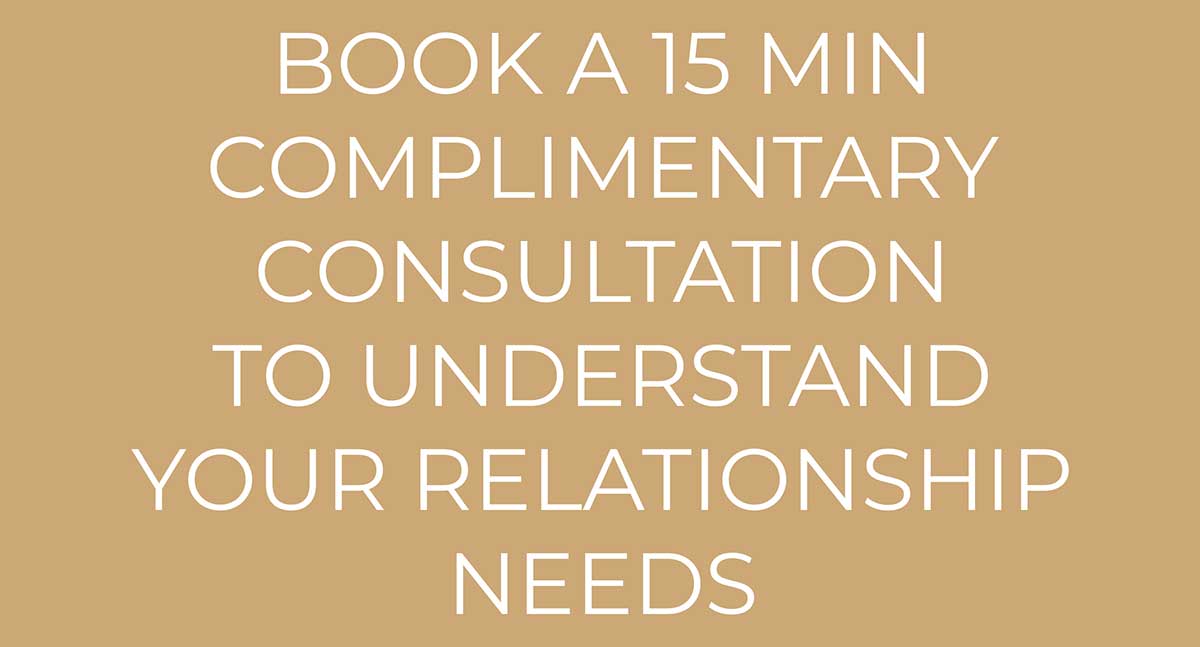
Life in 2020, due to the pandemic shifted to computer, tablet, and phone screens. With electronic screens literally becoming our windows to the world for the majority of us, with the exception of close family life. The amount of time we spent on our devices significantly increased with the changing world, and this happened for children too. But screens take away a large part of our social interaction and visual attention needs, direct eye contact in our daily life is extremely important.
Most of us are not aware of the true benefits of having regular eye contact with someone, be it our children, our romantic partner, our business partner, work colleague, or the close friends we love. Direct eye contact is a powerful stimulator when it comes to establishing love and close relationships and is needed off the phone or computer screen, in physical reality, for trust to build. Direct eye contact switches on the central nervous system, and human brain.
The Power of Direct Eye Contact
The science behind eye contact is not essentially philosophical. Modern research provides a scientific explanation of the power of direct eye contact. A recent study on mutual eye contact shows that the cerebellum and limbic mirror system mediate mutual interaction during eye contact. 1 The same study points out the significance of direct eye contact in connecting humans during social communication. Furthermore, the study emphasizes that humans can distinguish between live and delayed videos of others’ faces though they cannot precisely spot the differences.
An earlier study on the neuroethology, function, and evolution of eye contact underscores that regions in the monkey and human brain contain neurons that respond selectively to faces, bodies, and eye contact. 2 In a nutshell, eye contact helps us in connecting with another more deeply.
Can Regular Direct Eye Contact Reduce Stress?
The hormone ‘oxytocin’ is associated with bonding. It is the feel-good hormone that cements social relationships. 3 We already know that hugging, touch, warmth, etc. releases oxytocin in the brain. Apart from these aspects, it is now proven that eye-to-eye communication also triggers the release of oxytocin. 4
Oxytocin has an anti-stress effect on humans. It reduces the level of cortisol which is the primary stress hormone. In other words, oxytocin has an inverse relationship with cortisol. 5 Oxytocin also improves pain thresholds, reduces anxiety and stimulates many other feel good chemicals which positively affect us physiologically and psychologically, so assist in more positive social interactions to occur.
In simple words, an increase in oxytocin levels will lead to decreased cortisol levels. Consequently, having genuine direct eye contact with friends, work colleagues or someone you love can help to significantly decrease stress levels.
The Role of Eye Contact in Brain Development
The power of eye contact is not limited to stress reduction and improving social connections. Eye contact forms the central part of our non-verbal communication and it is now clear that making direct eye contact in an infant-caregiver relationship has a large role in the child’s social brain development. 6 Developmental studies show evidence for preferential orienting towards, and processing of, faces with a direct gaze from early in life. 7
For many centuries, it has been a challenge for scientists to study brain images of multiple people at a time in functional magnetic resonance imaging machines (fMRI). In a recent study, a group of researchers at the National Institute for Physiological Sciences in Japan has conducted a hyper scanning fMRI study to understand the underpinnings behind eye contact. The study explored the behavioral and neural representations of mutual interaction during eye contact by comparing the neural activity associated with real-time eye contact compared to non-real-time eye contact.
For the study, Norihhiro Sadato and his colleagues used eye blinks as a marker of interbrain synchronization. As per the study, real-time interaction during direct eye contact activates the brain’s cerebellum and the cingular motor cortex region. It further stimulates connectivity within the limbic mirror system. As we know, the limbic mirror system is associated with the human ability to share and recognize emotion. Thus the study suggests that real-time direct eye contact prepares the social brain for sharing with others.
Eye contact is a beautiful experience, and opportunity to share with another – why would we avoid it? Basically, if we don’t feel safe, or feel threatened.
Similarly, another study explored the intrinsic brain activity associated with direct eye contact during a mother-child interaction. The study shows a ‘positive correlation between the frequency of eye gaze and the right anterior insula (AI) or middle frontal gyrus in children and a positive correlation with the anterior cingulate cortex (ACC) precuneus/cuneus in mothers’. 8 Furthermore, there is a positive association between the frequency of eye contact and mother-child interaction quality.
When adults and babies look at each other, ‘neural synchronization’ happens, and a ‘joint networked state’ is created. 9 Similarly, this can happen when two people really care about or love each other.
Direct eye contact or gaze from others has fascinated us since our initial days of our life. It is the primary mode of establishing a communicative context between humans. 10 It is useful in stimulating attention and connection in human interactions, but also to determine safety with another. If someone’s eye contact is threatening or unsafe we will register it immediately.
Put simply, direct eye contact helps us to genuinely connect to another. But it is now clear direct eye contact is a stress-reliever with someone who cares about us, as it releases and stimulates the hormone oxytocin, which helps to develop a healthy attachment between people. So direct, sincere eye contact can relieve stress and calm us.
By harnessing the power of direct eye contact, we can work toward a better connection with people and those we love – our family, friends, our children and significant other.
- https://www.eneuro.org/content/6/1/ENEURO.0284-18.2019
- https://www.sciencedirect.com/science/article/abs/pii/S0149763400000257
- https://www.independent.co.uk/life-style/health-and-families/health-news/cuddle-chemical-oxytocin-linked-distrust-new-study-lieden-university-a7604211.html
- https://www.the-scientist.com/notebook/the-hormones-and-brain-regions-behind-eye-contact-33100
- https://pubmed.ncbi.nlm.nih.gov/15834840/#:~:text=Oxytocin%20can%20induce%20anti%2Dstress,it%20promotes%20growth%20and%20healing.
- https://sciworthy.com/babies-learn-about-eye-contact-pretty-early-on/
- https://www.sciencedirect.com/science/article/abs/pii/S1364661309000199
- https://www.nature.com/articles/s41598-020-76044-y#:~:text=Taken%20together%2C%20task%2Dbased%20functional,brain%20network%20are%20activated8.
- https://www.biorxiv.org/content/10.1101/108878v3
- https://www.sciencedirect.com/science/article/pii/S2352154615000492?via%3Dihub



